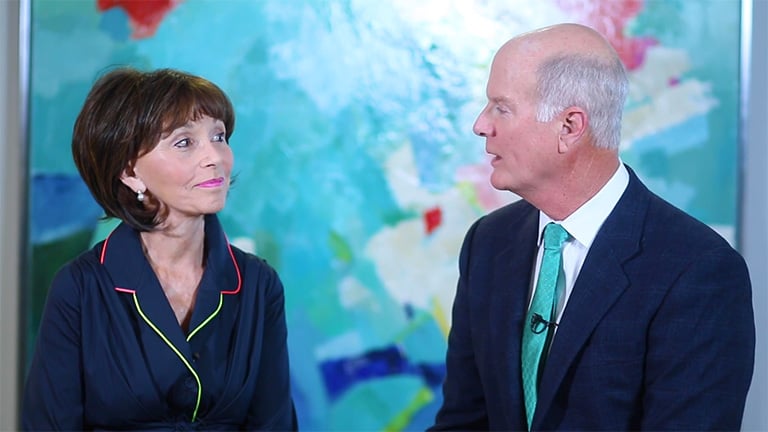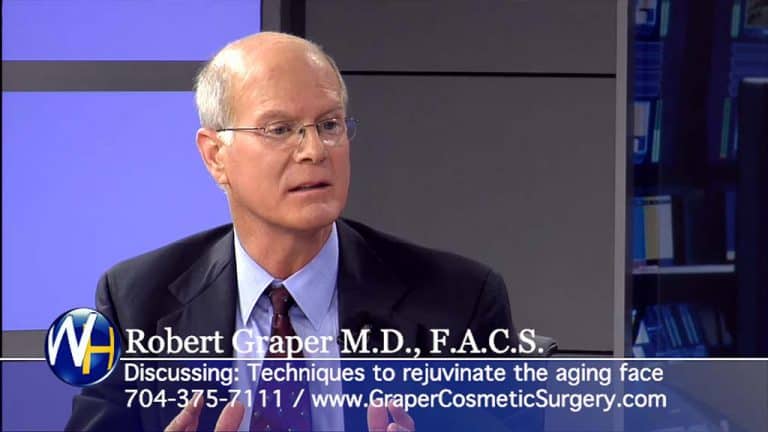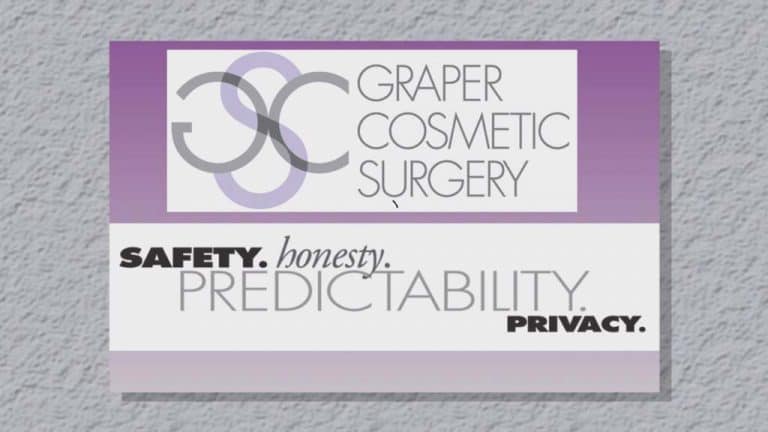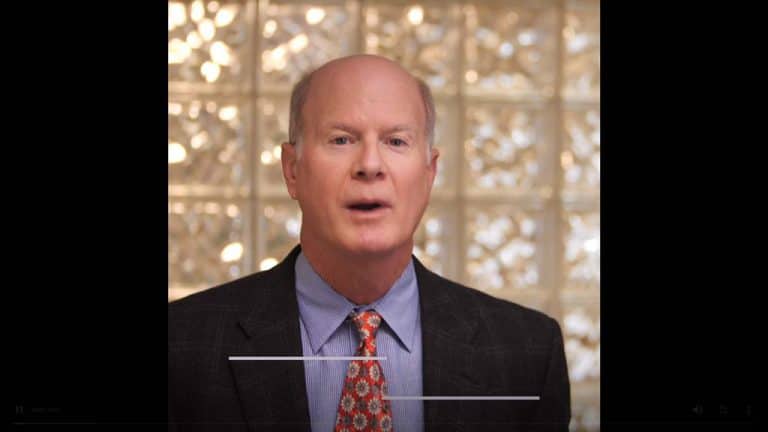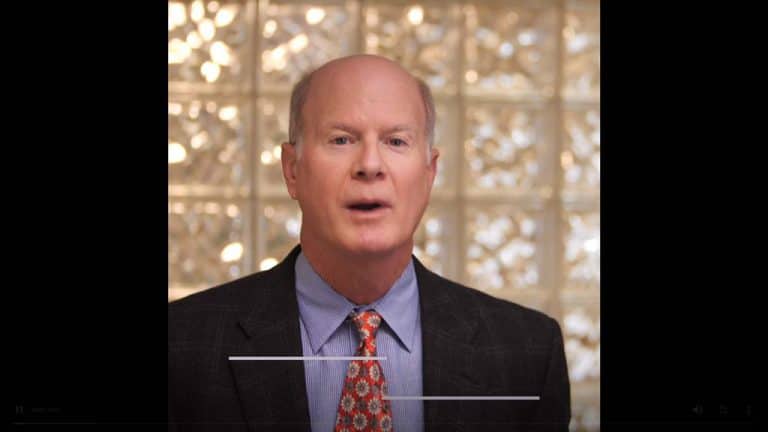Facelift Surgery: Is It for Me?
Many factors of a person’s face determine the impression of age in that individual. Extra eyelid skin, extra neck skin and jowls are obvious signs of age, as are thin crepe-paper skin, gray hair and wrinkles. There are many effective procedures to improve all of these problems and rejuvenate the face. Aging comes in five forms: too much skin, too much fat, muscles that are loose and banding, volume deflation and quality of skin issue like wrinkles, pigmentation, red spots and texture issues. For a complete rejuvenation, each issue must be addressed. In general, small aging problems only need minimally invasive procedures for good results. This may mean non-invasive laser procedures, chemical peels, infra-red light techniques or minimally invasive ThermiTight to reach rejuvenation goals.
Larger aging problems must be treated with more powerful techniques to achieve a good result. This would be more invasive procedures like facelift, neck lift, brow lifts or blepharoplasty (eye lift).
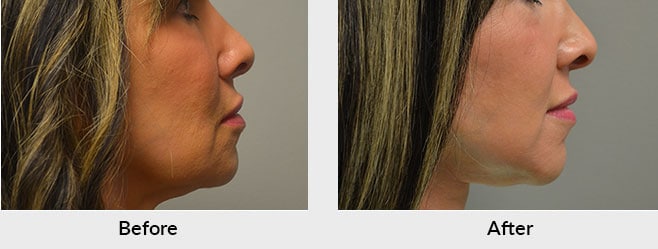
In the face, extra neck tissue makes a person appear old, overweight or both. To correct this problem, one must determine if the tissue is loose skin, extra fat, sagging muscle or a combination of all of these. If the problem is simply too much fat then liposuction, done through a 1-centimeter incision, will produce a younger, thinner neck. If the problem is fat and muscle, then through a slightly larger incision under the chin, fat is removed and the muscles are tightened to improve the neckline. This is called myeloplasty. If fat, muscle and skin are involved, then the appropriate plastic surgery procedure is a neck lift, where the myeloplasty is done and the extra skin is removed in the hair behind the ears. None of the procedures leave noticeable scars, and they will all improve the neck significantly. If the patient is bothered by a deep fold in the junction of the cheek and upper lip, then he or she is a facelift candidate. A facelift improves the cheek fold and jowls and also treats the neck. Every facelift surgery includes a neck lift. For patients who have deep folds in their cheeks and excess jowl skin, but a good neck, a mini facelift can be performed. All these procedures are tailored to match each individual patient’s concerns.
Facelift Overview
Facelift suspends the sagging muscles to their original position to create a more youthful appearance. Extra fat is removed and the skin is then gently tightened for the final effect. Fat grafting can be done to restore lost volume in the cheeks or lips. A little volume goes a long way so care is taken for the results to look natural. Most of our facelift patients feel they look 5–10 years younger, but some have an even more dramatic improvement.
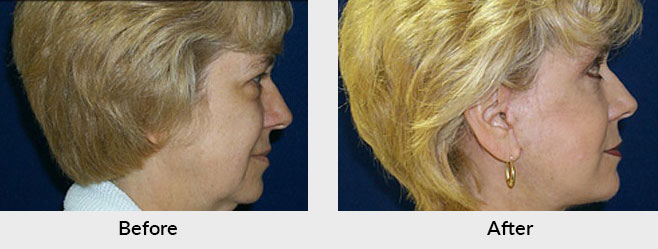
Because the basic support of the face has been improved, the effects of a facelift last longer than the old techniques. Patients can expect results to last for 7–10 years before even considering a repeat cosmetic surgery procedure. Even if nothing else is done, the patient’s face will always look better than if they had never had a facelift. Many patients want to look younger but are afraid they will look different. With our procedure, we rejuvenate the face by suspending the muscles back to their original position and by removing fat appropriately. Sometimes adding fat actually rejuvenates the look. Therefore, our patients look like new versions of themselves and never like anyone else. Patients are always concerned about the scars. The incisions are very inconspicuous in the hair above and behind the ears and in the crease in front of the ears. The scars are there, you just cannot see them. Everyone wants to know if cosmetic surgery hurts. Surprisingly, virtually all patients report tightness in the cheeks and neck, but no pain. We like to hear that the surgery feels tight, as that means that the procedure will last a long time. The facelift procedure is performed at our Charlotte plastic surgery facility under general anesthesia, in which patients are totally asleep. Patients feel nothing and remember nothing, but they are breathing on their own. We feel this is a major safety advantage. Often, a facelift is combined with eyelid surgery or brow lift to maximize the rejuvenation effect. Most cosmetic surgery patients go home after these procedures, but some stay overnight with a registered nurse to be more comfortable. Our post-operative instructions tell facelift patients to rest with their head elevated and apply ice compresses to keep swelling down. The dressing will usually come off after two days. Patients can then wash their hair and begin to move about more. There are no sutures to remove, but staples in the hair come out at 7–10 days.
Post-op/Complications
Patients may drive when they can make evasive movements without hesitation. We advise no major social or business engagements for 2-3 weeks to ensure plenty of time for healing. Many plastic surgery patients are ready sooner, but we like to be conservative on our recovery time.
Like any cosmetic surgery there can be potential complications like bleeding or infection, but these are rare. Wounds healing poorly because of bad blood supply are almost always linked to smoking. Smokers should stop smoking at least three months before plastic surgery to help reduce the chance of healing problems. Patients can experience temporary alterations in their facial expressions. This has several causes. Tissue swelling and skin tightness can alter our expressions. Bruising to the muscles and nerves can also produce the same result. These are all temporary phenomenons and uncommon. Everyone experiences numbness in the cheeks after surgery. This usually resolves within 1-2 months. After facelifts where the tone of the skin has been improved, many patients then want to improve the quality of their skin. This can be done with the SkinPrint program, skin peels, IPL photorejuvenation, microneedling, or Halo fractional laser resurfacing. These procedures are delayed at least 3-6 months after a facelift to ensure safety.
Non-Surgical Treatment Options

Non-surgical options like ThermiTight lift and tighten the skin using radiofrequency to heat the skin minimally invasively have been effective in the neck but less so in the face. This is for patients who have a mild aging issue where just skin or skin and fat are the problem. Through pinprick access, the radiofrequency generator is introduced under the skin. This device heats the skin to produce more collagen and effectively produces a shrink wrap of the skin. There are no stitches and the patient can resume normal activities immediately. They may be swollen and bruised but are back to work the next day. ThermiTight is an example of new technologies that we are constantly in process of evaluating for safety and efficacy. When new procedures meet our high standards and surpass the results of the current procedures, we adopt them.
Facelift and other surgical procedures, such as rhinoplasty and lip augmentation, are safe and predictable ways to rejuvenate the face. The results last for years and don’t change the way you look; they just make you look younger.
Facelift Frequently Asked Questions
Mini facelift mainly improves the mid-face area such as the nasolabial folds and may moderately improve jowls. Mini facelift does not address the neck area or under the chin. Mini-facelift requires just minimal recovery of 5–7 days.
Necklift addresses the neck, under the chin, and jowls, but does not improve the nasolabial folds (smile lines). Recovery for neck lift is approximately 7–10 days.
Facelift improves all lower facial areas (nasolabial folds, neck, and jowls). Recovery for a traditional facelift is 2–3 weeks.
Patients may drive when they can make evasive movements without hesitation. We advise no major social or business engagements for 2-3 weeks to ensure plenty of time for healing. Many patients are ready sooner, but we like to be conservative on our recovery time.


